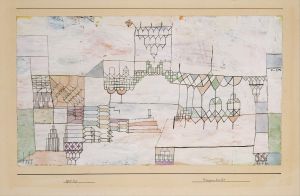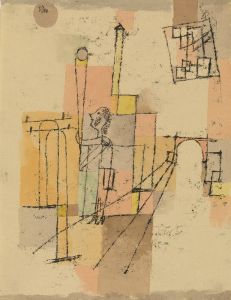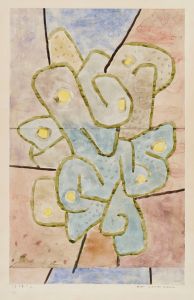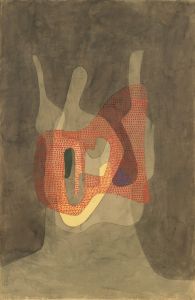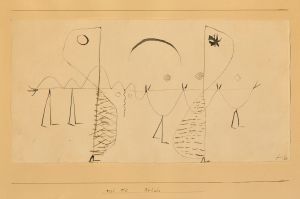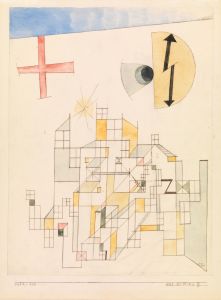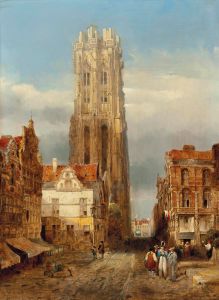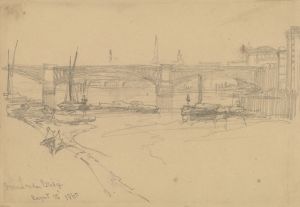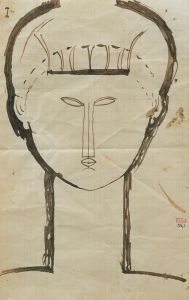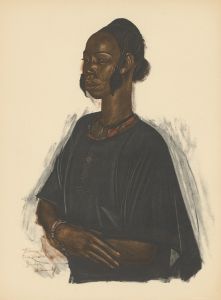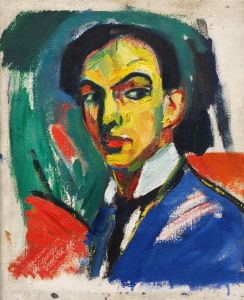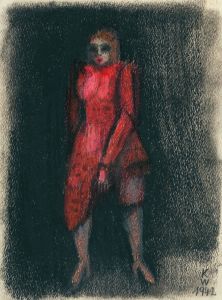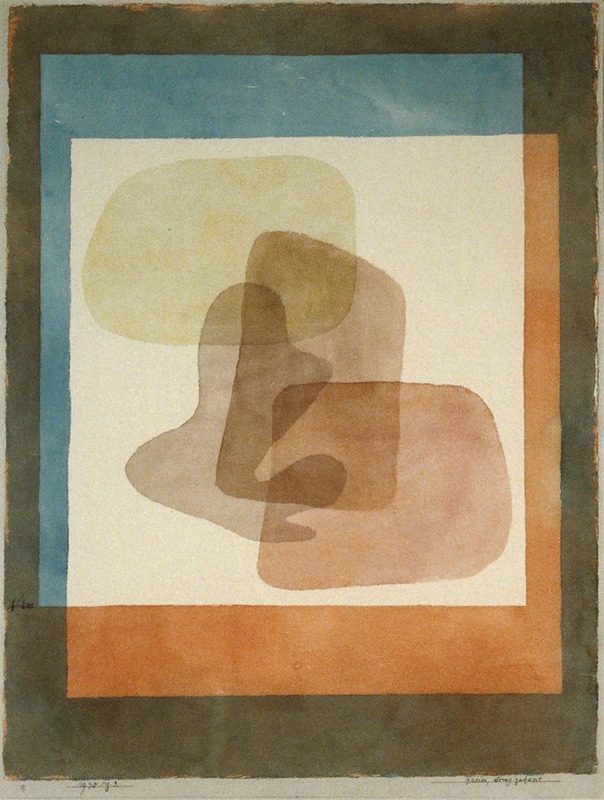
Freies, streng gefasst
A hand-painted replica of Paul Klee’s masterpiece Freies, streng gefasst, meticulously crafted by professional artists to capture the true essence of the original. Each piece is created with museum-quality canvas and rare mineral pigments, carefully painted by experienced artists with delicate brushstrokes and rich, layered colors to perfectly recreate the texture of the original artwork. Unlike machine-printed reproductions, this hand-painted version brings the painting to life, infused with the artist’s emotions and skill in every stroke. Whether for personal collection or home decoration, it instantly elevates the artistic atmosphere of any space.
Paul Klee's "Freies, streng gefasst" is a notable work by the Swiss-born artist, who is recognized for his unique style that blends elements of expressionism, cubism, and surrealism. Klee was a prolific painter and a key figure in the development of modern art in the early 20th century. His works are characterized by their playful lines, vibrant colors, and symbolic content, often reflecting his deep interest in music, nature, and the subconscious.
"Freies, streng gefasst," which translates to "Free, Strictly Defined," was created in 1930, a period when Klee was teaching at the Bauhaus, an influential art school in Germany. This era was marked by Klee's exploration of geometric abstraction and his interest in the interplay between freedom and structure, themes that are evident in this painting. The title itself suggests a juxtaposition of spontaneity and order, a concept that Klee frequently explored in his work.
The painting is a testament to Klee's mastery of color and form. It features a composition of geometric shapes and lines, rendered in a harmonious palette of colors. Klee's use of color is both intuitive and calculated, creating a sense of balance and rhythm that is reminiscent of musical compositions. This reflects Klee's belief in the connection between visual art and music, a recurring theme in his oeuvre.
Klee's work during this period was also influenced by his interest in the theories of color and form, particularly those of Wassily Kandinsky, a fellow Bauhaus instructor. Klee's approach to art was deeply theoretical, and he often incorporated elements of philosophy and science into his teaching and practice. "Freies, streng gefasst" can be seen as an embodiment of these ideas, where the seemingly simple arrangement of shapes and colors belies a complex underlying structure.
The painting is part of Klee's broader exploration of abstraction, where he sought to distill the essence of his subjects into their most basic forms. This approach was not only a hallmark of his work but also a reflection of the broader modernist movement, which sought to break away from traditional representational art.
"Freies, streng gefasst" is housed in a private collection, making it less accessible to the public compared to some of Klee's other works. However, it remains an important piece within his body of work, illustrating his innovative approach to art and his ability to convey complex ideas through simple forms.
Klee's legacy as an artist is significant, and his influence can be seen in the work of many subsequent artists. His ability to blend different artistic styles and his innovative use of color and form have made him a central figure in the history of modern art. "Freies, streng gefasst" is a prime example of his artistic vision, capturing the essence of his exploration of the boundaries between freedom and structure in art.






